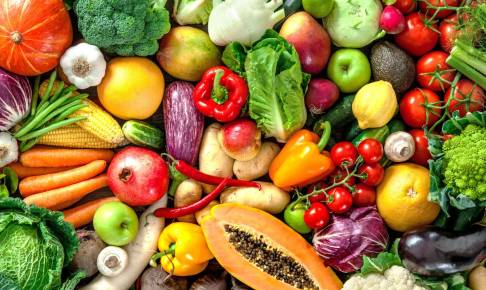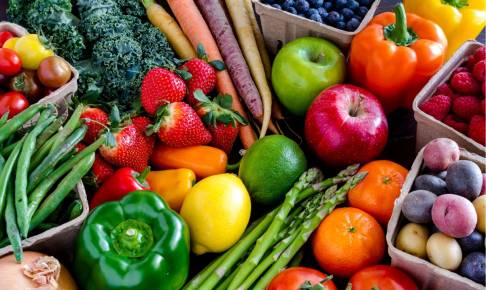New Italian report shows almost half of food analyzed contains pesticide residues
Legambiente (an Italian non-profit association), in collaboration with Alce Nero (a cooperative that produces organic food), has recently published its annual report on the presence of pesticides in food, showing that almost half ( 44.1%) of the tested products have traces of pesticides.
The analyses were performed on 4 313 food samples of plant and animal origin, including products derived from Italian and foreign beekeeping.
The good news is that irregularities have been found in only 1% of cases, this means that a very low percentage of products exceeded the maximum residue limit (MRL) for a substance or an unauthorized plant protection product was found.
According to Legambiente, the most worrying data is that only 54.8% of the samples have no pesticide residues, in contrast with last year when the value was 63%.
Fruit is confirmed as the most affected category: over 70.3% of the samples contain one or more residues. The situation appears much better if we consider vegetables (65.5% of the samples resulted free of pesticides) and honey (67.5% of the samples without residues), however, for the latter, 2 samples had levels higher than those permitted by law. Considering processed foods, Legambiente found the highest percentages of residues in wine and whole grains.
Furthermore, Legambiente points out that in 44.1% of cases traces of one (14.3%) or more (29.9%) pesticides have been found (albeit within the limits of the law), with some products (i.e. grapes, pears, peppers) in which more than 10 different substances have been identified. Legambiente underlines how this data is particularly worrying because the co-presence of multiple residues of harmful substances in the same sample can lead to the formation of new interactions that can cause different effects on the body, and of which little is known yet.
In total, 90 substances have been identified, mainly insecticides and fungicides (acetamiprid, boscalid, fludioxonil, azoxystrobin, tubeconazole and fluopyram). Legambiente also reports the presence of two neonicotinoids: thiacloprid (classified as an endocrine disruptor and no longer sold on the market) and acetamiprid (still permitted, but with serious effects on bee health).
The most disconcerting finding, notes Legambiente, is the fact that substances no longer permitted have also been detected (e.g. traces of DDT have been found in 2 samples of animal origin, despite the fact that the use of this substance is prohibited since decades).
Talking about organic products, 91.1% of samples were without residues, while in 5.4% of cases only one residue was detected (probably linked to the so-called drift effect due to nearby conventional crops).
Legambiente underlines the need to make available the resources necessary to achieve the 62% cut in the use of pesticides by 2030, also through the expansion of organically cultivated areas. Furthermore, it pushes for stricter application of the rules, avoiding any derogation from the use of pesticides, and supports the need to approve the regulation for the use of pesticides (presented on 22 June by the European Commission).
Source:
https://www.legambiente.it/wp-content/uploads/2022/12/Stop-pesticidi-2022.pdf






















